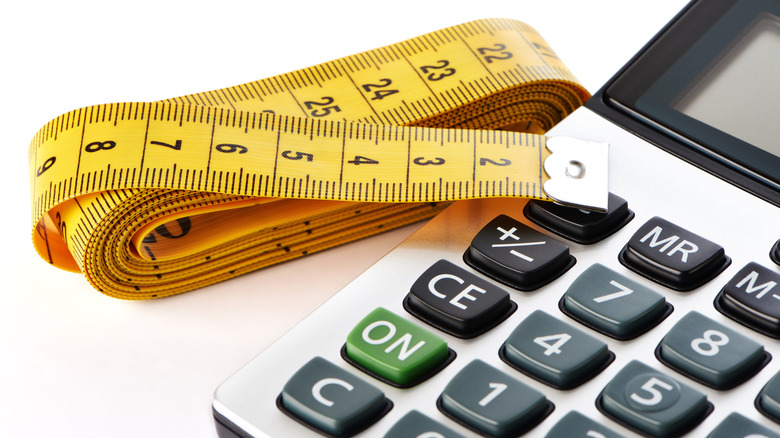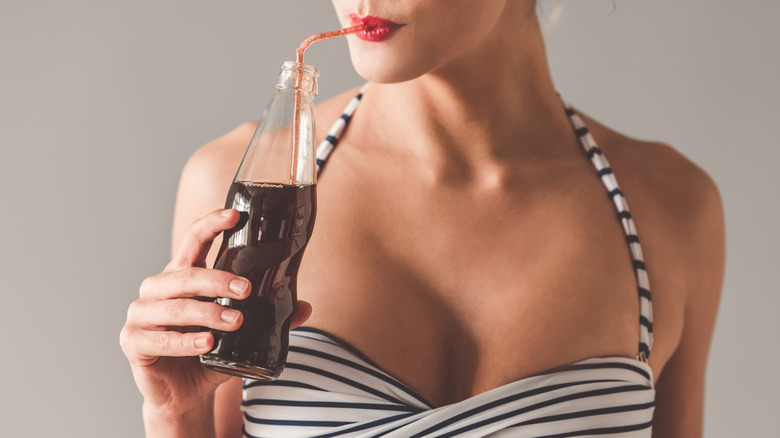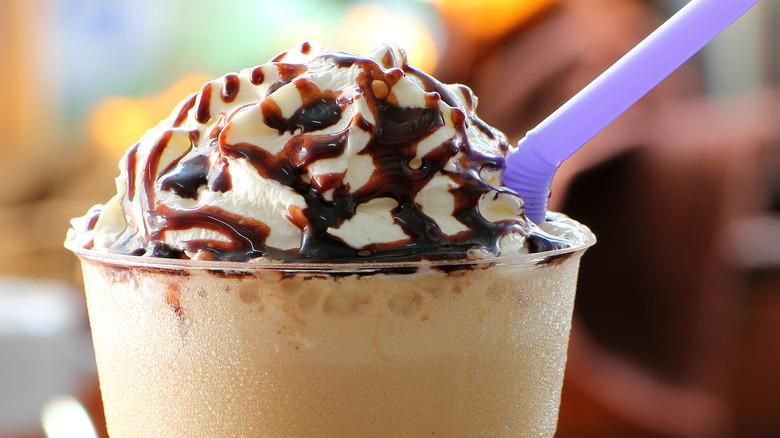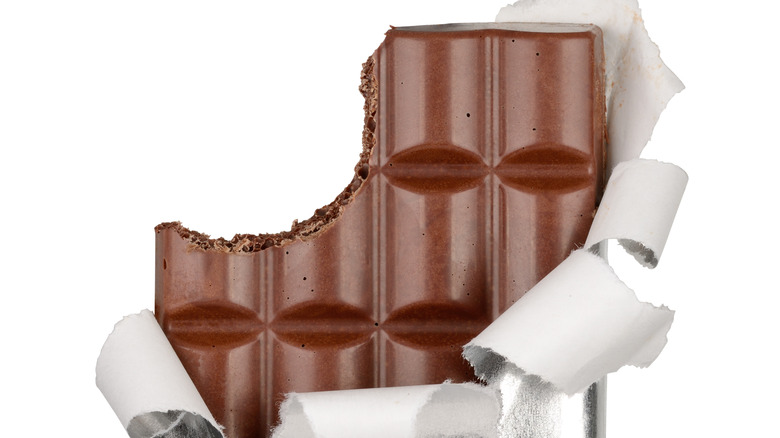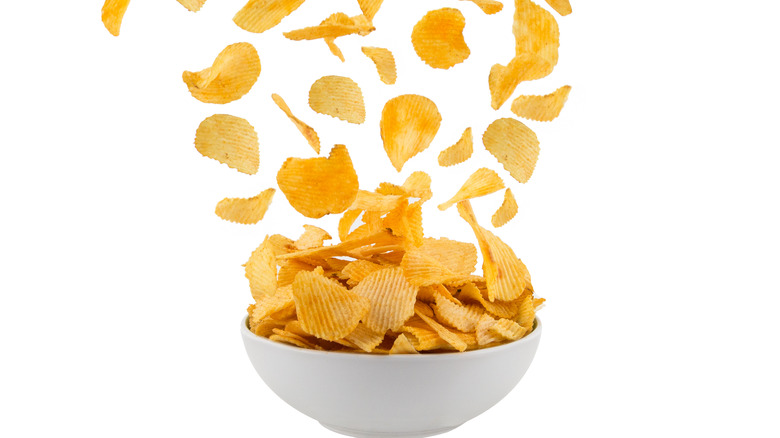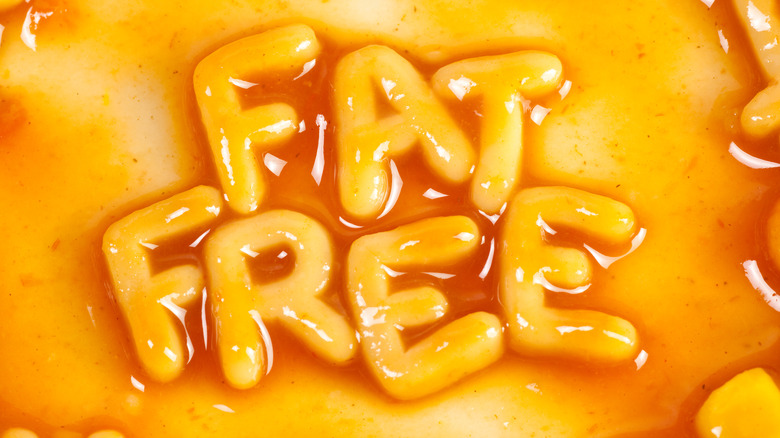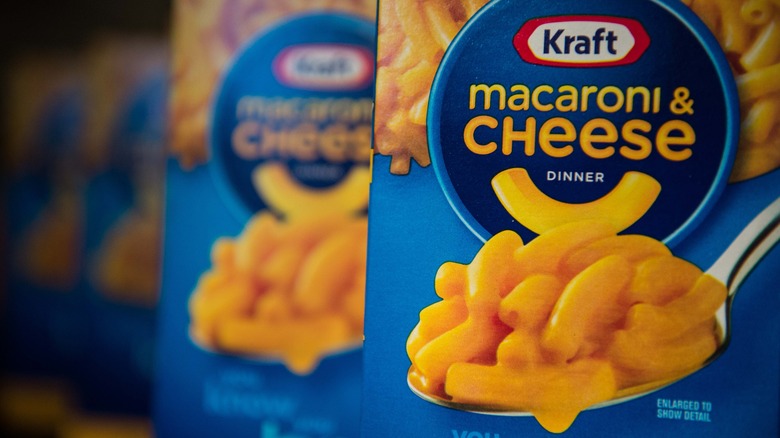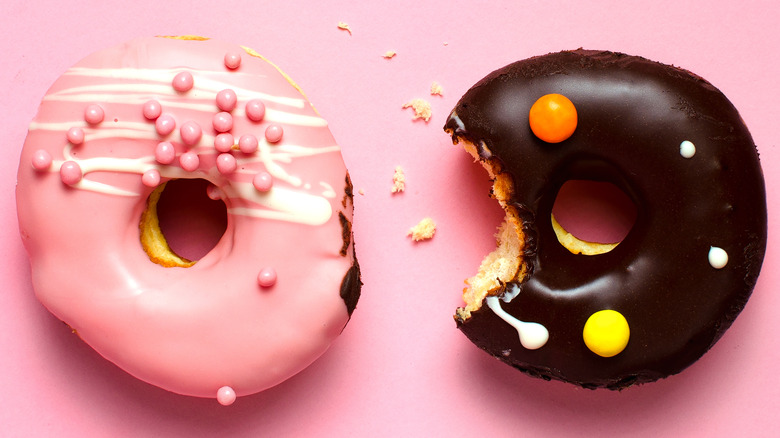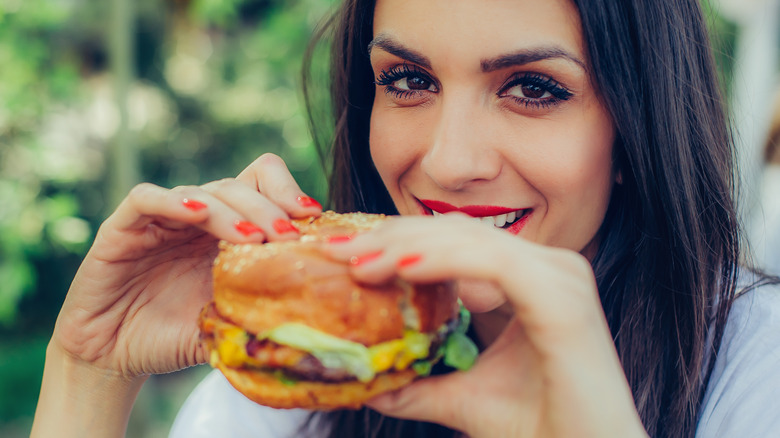Foods That Just Aren't Worth The Calories
One of the questions I get asked most often when going out to eat with friends is "What should I order?" I know what my friends are trying to ask, since I am a Registered Dietitian and maybe I have some secret insight into the healthiest option on the menu. (OK, I do.)
The answer to that question really isn't a simple one, but I know people want some quick and dirty tips to figure out if certain foods are really worth eating, in terms of calories and nutritional value. Here is some advice on how to figure out if a food is worth eating and also seven foods that I simply cannot justify in terms of calories and nutrition.
How many calories a day do you need?
The first thing you need to know when determining if a food is "worth" it, is how many calories your body needs in a day. You can look at your daily calories, just like you would the amount of money in your bank account. You only have so many to use for the day and you need to decide how you are going to spend them. A quick way to estimate your calorie needs is to multiply your current weight by ten. Let's say you weigh 150 pounds x 10, so you need around 1500 calories per day.
This calculation does not take into account age, exercise, pregnancy, muscle mass, or other factors that can impact your calorie needs. The most accurate way to calculate calories, is to use an equation called the Mifflin-St Jeor, which has been found to be the most accurate method, but takes a little more time. Having a general idea of the calories you need can help you determine if that 800-calorie burger is really worth it!
The importance of nutrients
Once you know how many calories you need per day, another important thing to consider is whether or not the food is nutritious. Sometimes we get overly-focused on calories, but vitamins, minerals, and fiber are also critically important for our health.
First, you need to know what nutrients your body actually needs. A good rule of thumb is that the most nutritious foods — which will be highest in vitamins and minerals — are usually those in their most natural form, or the way you would find them in nature. In general, fresh fruits and vegetables are your most nutritious choices. But, fruits and vegetables don't give you everything you need. You also need some protein and fats for a balanced, complete diet. Protein is great for maintaining muscles and repairing tissues. Fats are necessary for brain function and skin health. Protein and fat also help you stay satisfied, so you end up eating fewer calories overall.
When you are deciding if a food is "worth it" calorie-wise, consider the nutrients it provides. Sometimes foods are high in calories (an avocado packs around 300 calories), but are super high in nutrients your body needs, such as fiber and healthy fats. So, it's not just about the calories, it's about the nutrition too.
Soda
I can usually find some kind of nutritional benefit in almost any food, but soda is one that really has none. Soda is high in calories: around 150 calories for a 12-ounce can. And when you drink a soda you don't usually eat less to account for those calories consumed. Eating (or drinking) 150 extra calories per day every day for a year will result in around a 15-pound weight gain.
Also, soda has almost no nutrients, no vitamins, and no minerals. It has a tiny amount of sodium and potassium, but not enough to be considered a "good" source of either. It is primarily sugar, which most of us get more than enough of already. When you drink liquid sugar, your blood glucose skyrockets, leading to an eventual sugar crash. This leaves you feeling exhausted and hungry again. Regular consumption of sweetened beverages has also been implicated in a higher risk of obesity, diabetes, and heart disease. Soda is definitely not worth the calories.
Blended coffee drinks
Fancy coffee drinks are fun — remember the Starbuck's unicorn frappuccino? Although these drinks might taste delicious, remember you are ingesting a milkshake, not a normal coffee. Plain coffee has zero calories and is high in a ton of antioxidants. I would even consider coffee to be a highly nutritious beverage, but a caramel frappuccino just isn't worth the splurge.
A venti-size frappuccino is approximately 500 calories. For most women, who need to consume between 1200 to 1800 calories per day, that's about one third of your calories in one drink. Not to mention, it packs around 85 grams of sugar, which is the equivalent of drinking more than three regular sodas. It also contains 50 percent of the amount of saturated fat you need for the day. Although the opinion on saturated fat is changing in the nutrition community, and it is no longer seen as the main cause of heart disease as it once was, it's still probably best not to get half of your daily fat intake from a beverage. Since these drinks contain milk, they do have some calcium, but you can get just as much calcium from other healthier sources.
If you feel like you need an afternoon pick me up, skip the blended drinks. Order a small nonfat latte or an unsweetened tea instead.
Candy bars
It seems like every time you are in line at the grocery store, they are trying to sell you some type of candy. By displaying it at the checkout, they're hoping you'll make an impulse purchase. But candy bars just aren't worth it.
Some bars do contain nuts, which are considered healthy sources of fat. And maybe you've also heard that chocolate is healthy because it's a good source of antioxidants. Here's the truth: most candy bars on the shelf have very few actual nuts and the chocolate in them is mostly fat and sugar, with very little health-promoting cacao. You are also looking at somewhere between 200 to 400 calories per bar. Most have around 20 grams of sugar, the equivalent of drinking a soda. You may even find that after you eat a candy bar, you still feel hungry because your body didn't get any of the vitamins or minerals it really needed.
If you are craving some chocolate, try to find a bar that is at least 75 percent or greater pure cacao, and eat 2 to 3 squares. This will give your body some amazing antioxidants, and help curb that craving.
Chips
Potato chips, tortilla chips, flaxseed chips...there are so many varieties these days, but they are all pretty much the same in terms of nutrition. Yes, some may have some healthier additions, such as the flaxseeds, which can make them a tiny bit more nutritious. Potatoes are also naturally high in potassium, but overall all chips are highly processed, low-nutrient snacks.
The main problem with chips is that they are designed to promote overeating. Even the advertising for them refers to how no one can eat "just one." Have you ever measured the actual portion size listed on the food label for chips? It's only about 8 to 10 chips. Even the snack bags found at most convenience stores, which we assume are meant to be eaten in one sitting, contain two to three servings. Chips are addictive, so it's very difficult for most people to eat them mindfully, which can result in a huge intake of calories.
If you want to eat chips, be aware of your portions. Never open a bag of chips, while mindlessly watching TV. The bag will be empty, and you will have consumed a ton of calories, before you even reach the first commercial break.
Fat free foods
In the early 1980s, the United States Department of Agriculture (USDA) started a war against dietary fat when they published the first Dietary Guidelines for Americans. These guidelines recommended that fat of all kinds be avoided in order to improve health. Later, we would learn these recommendations were completely incorrect, but this was the beginning of the "fat-free" craze.
Suddenly, food companies jumped on the bandwagon, with fat-free desserts of all kinds, fat-free cheese, and skim milk. It seemed like as long as the food didn't have fat, it was fine to eat as much as you wanted. The problem was that they loaded up these fat-free foods with a ton of sugar, sodium, and chemicals.
To this day, the myth still persists that a fat-free food is healthier than a food that contains fat. But fat actually serves a purpose. It increases satiety, or the feeling of fullness. Eating only fat-free foods will make you incredibly hungry because sugar increases hunger. If a food is supposed to contain fat, such as a dessert or cheese, eat a reasonable portion of the full-fat option and avoid the fat-free alternative. It will contain fewer chemicals, less sodium, and less sugar. It will also make you feel satisfied longer, so you will eat less overall.
Boxed rice or noodles
Boxed rice or noodles may seem like a quick and convenient way to add a side dish to your meal, but they are less than ideal choices for calories and health. First, although there are exceptions, many are made with white rice or pasta, so they contain little fiber. Eating a food with little to no fiber will just make you hungry shortly after eating. Fiber helps us feel full and satisfied after meals. Ideally, most grains should provide at least 3 grams of fiber per serving.
Also, the sodium content is usually incredibly high, especially if it comes with one of those flavor packets. Some varieties have over half your daily sodium requirement in just one serving. Keeping sodium in check can help reduce blood pressure and lower the risk of heart disease.
If you want to add a side dish to your meal, stay away from boxed items and look for whole grains instead. Quinoa or brown rice is widely available cooked and frozen, so they can be heated quickly for a healthy weeknight meal.
Pastries, croissants, and donuts
Before calories were typically posted on menus, I remember being at a coffee shop one afternoon and wanting a little snack from their pastry case. So I ordered what looked like the smallest thing available, a lemon bar. As I prepared to enjoy my afternoon snack, I decided to look up the calories on this tiny little lemon bar, which I could probably consume in two bites: it was over 300 calories! I was absolutely blown away. The bar with my latte would clock in almost 500 calories, the equivalent of what a whole meal should provide for someone my size.
The pastry case can look very tempting as you stand in line waiting for your coffee. But, almost 100 percent of what is in there is incredibly high in calories, sugar, and fat. These items will make you hungrier later on and provide almost zero nutrition. Bring your own healthier options from home instead, like a half-sandwich on whole grain bread with almond butter and low sugar jelly. It will curb your sweet craving, complement your coffee, and save you a ton of calories.
Your favorite foods
The foods listed above should be limited in your diet. But, we all have favorites. I will be honest, I love a good donut and I do eat one without guilt once or twice a month. Favorite foods should be part of your diet.
If you love something that isn't ideal, it's ok to eat it for pleasure sometimes. I recommend applying the 80/20 rule when it comes to food. This means you make the healthier choice 80 percent of the time, and your favorite choice 20 percent of the time. This allows you to enjoy foods you love, while still making healthy choices that will nourish and fulfill you.
You ate it anyway, now what?
No one can follow food rules 100 percent of the time, and to think you can is unrealistic. If you made the choice to eat one of your favorite foods, let go of the guilt and just move on. Make a better choice next time. Or continue to enjoy that food because you simply love it.
No one eats a perfect diet all of the time: we sometimes simply eat foods we enjoy, even if they aren't the healthiest. Understanding what you're choosing can help you reduce guilt, which in turn, will help you stress less about food, and be healthier overall.
